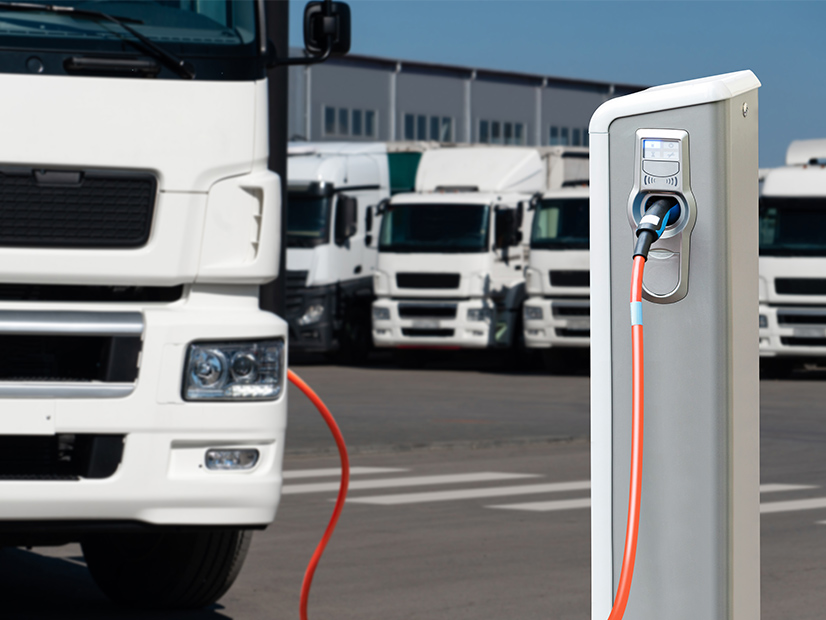NJ BPU Approves $16M for 1st MHD EV Charger Program
State Targets Incentives for Owner-operator Truckers
Oct 27, 2022
New Jersey's BPU approved a $16.15 million allocation of funds from the RGGI to promote the installation of fast chargers for medium- and heavy-duty EVs.



